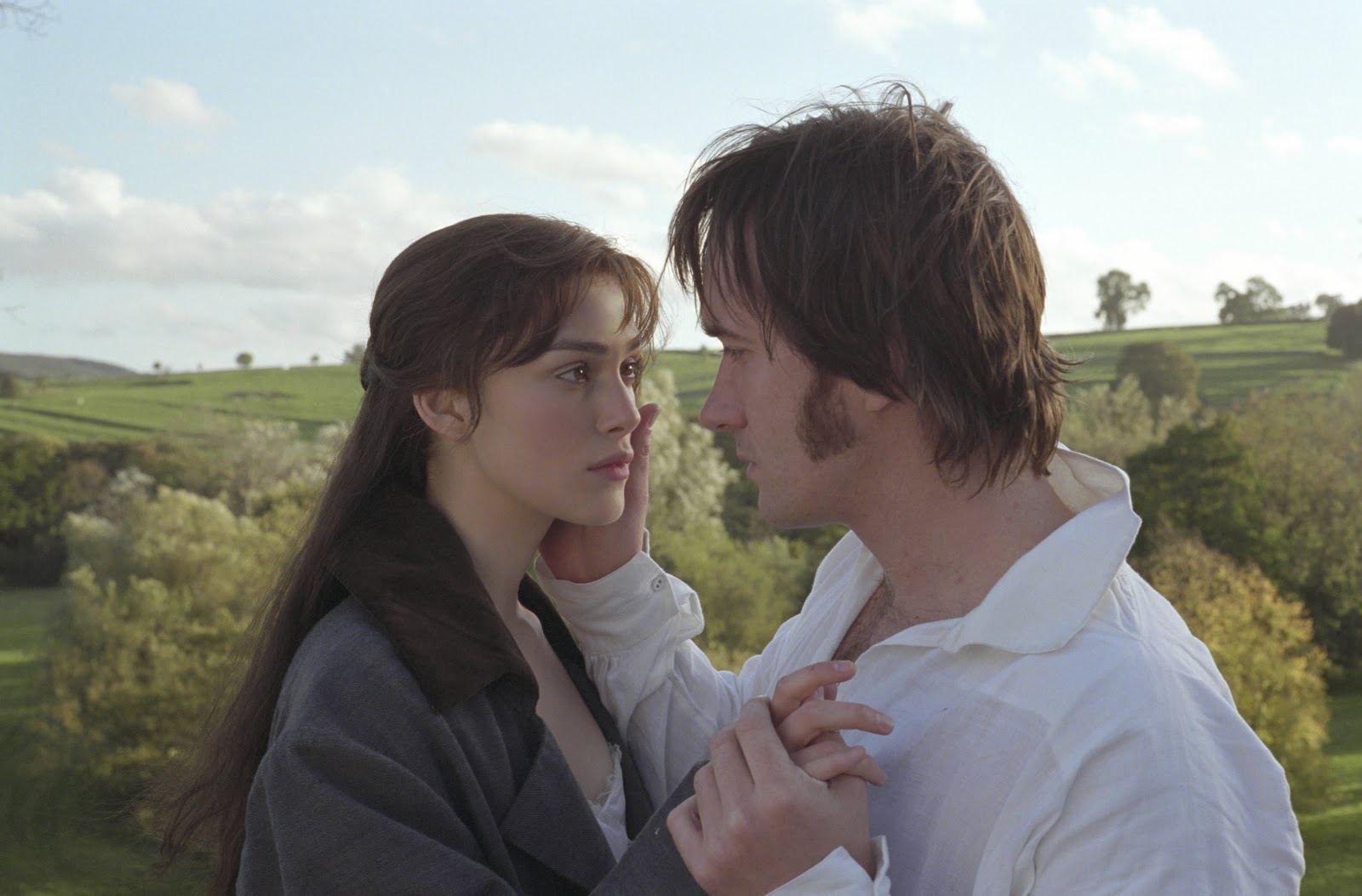It is a truth universally acknowledged that book-to-film adaptations are usually disappointing.
Avid readers tune in with the understanding that movies may downplay or fully remove major characters, plot lines, and themes from their source material. As such, the metric for successful film adaptations tends to be “the more faithful, the better.”
Nevertheless, one film has broken that barrier and left a lasting legacy for all adaptations to follow: “Pride & Prejudice” (2005).
Jane Austen, beloved writer of love and snark, first published “Pride and Prejudice” as a three-volume set in 1813. Though the story was published anonymously, time has consolidated its reputation as one of the most iconic romance novels of all time.
Naturally, the tale traveled from page to screen with film adaptations beginning in the 1940s. Revisions, reimaginings, and remixes galore struck this story, but none have been quite so compelling as the 2005 film starring Keira Knightley and Matthew Macfadyen.
While other adaptations prioritized accuracy, realism, and strict adherence to the original novel, “Pride & Prejudice” (2005) displayed something much rarer: a strong creative vision.
The film had restructured scenes, original costume designs, and brand new lines of dialogue that earned a certain level of infamy independent of the narrative. (“You have bewitched me body and soul, and I love… I love… I love you,” anyone?!)
The characterization of the main characters remains a distinct highlight of the film. Knightley’s version of Elizabeth Bennet was uniquely stoic in a way that hadn’t been seen before.
Portrayals of Austen’s heroine up to this point had been playful, spirited, and quietly awaiting love, as would have been expected of a female main character. The somber note of Knightley’s performance cast a shadow over this Elizabeth that added real depth to the conflict between her and Darcy.
With respect to Colin Firth & Co., Macfadyen’s Fitzwilliam Darcy stands in a league of his own.
This Darcy flexes his hand, awkwardly fumbles through marriage proposals, and bats puppy eyes to the camera with such reverence that we believe him when he tells Elizabeth “I love you.”
Is it a perfect representation of the book? Far from it.
Is it still my favorite on-screen iteration? Absolutely.
Director Joe Wright walked a fragile line while creating this movie, taking risks while still respecting the novel it was born from. It is a brash sort of bravery that I can respect.
What other filmmaker could have cast a 5’5” man with a receding hairline to play Mr. Collins and maintained a sympathetic viewing of the character?
The cinematography, color theory, and aesthetics of every shot created a stream of visual storytelling that urged audiences to root for the main characters, even in silence.
The cold blue filter emphasized the morose scenes, while pale yellow beams of hope shone down on our heroine’s triumph; there were optic cues underlying every major scene.
That isn’t to say the film is flawless, of course.
Every detail was meticulously crafted to bridge the gap between a modern audience and the 19th Century text. So what if that resulted in an anachronism or two? I’d forgive that any day of the week over the “Game of Thrones” Starbucks Cup Cameo.
Par for the course, there were characters removed to make the story more concise. But if the only sacrifice I have to make for that touching ending dialogue is Mr. Bingley’s duller sister Louisa, it’s hardly a loss.
Truthfully, there are many mistakes, inconsistencies, and canon divergences that I’m willing to overlook in order to celebrate the real accomplishment of this film: innovation in reproduction.
Adaptations and remakes are a dime a dozen in this cinematic age. How many “Romeo and Juliet” retellings have we seen in the last 30 years? How many “Cinderella” stories?
Every day, there are film studios preaching not to fix something that isn’t broken, and the common viewer suffers for it.
Cinema fails when directors become complacent in repetition.
Great films challenge both creators and consumers to dismantle preconceptions. For instance, Wright admitted that P&P showed him that “happy endings and wish fulfillment” are necessary parts of our lives, not the “cop-out” he previously believed them to be.
If we want creativity to remain at the forefront of the entertainment industry, we must acknowledge films like “Pride & Prejudice” that find ways to break new ground while telling a familiar story.
Only then will filmmakers realize that audiences deserve to be “completely and perfectly and incandescently happy.”

